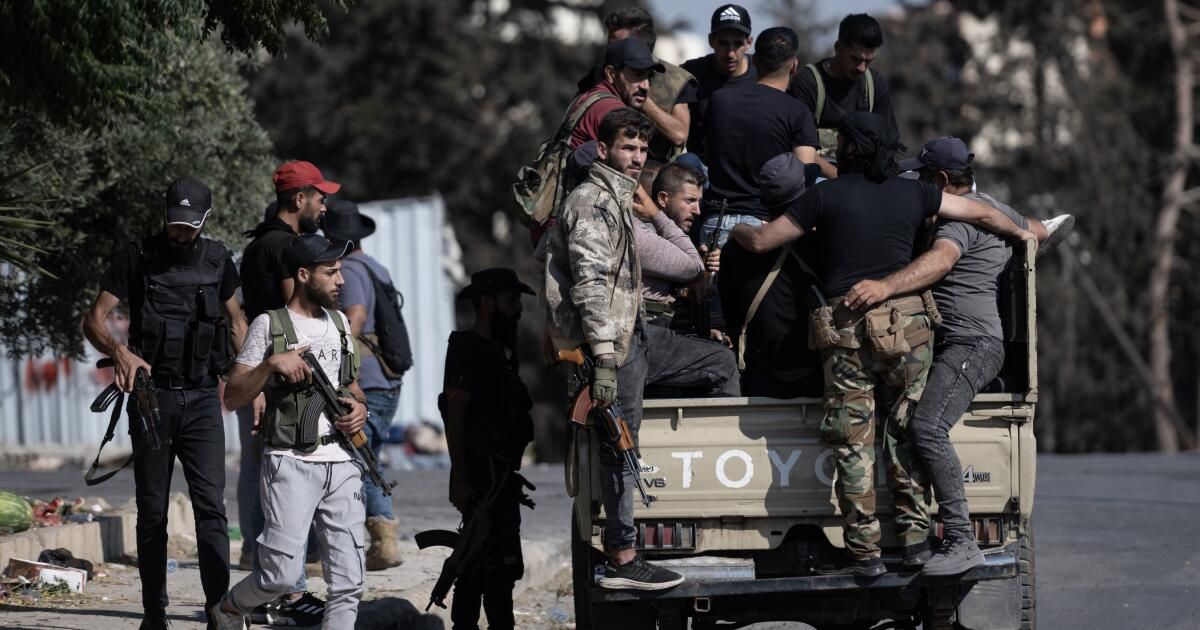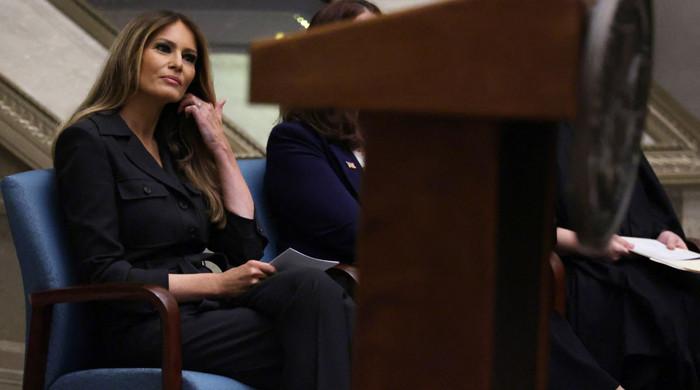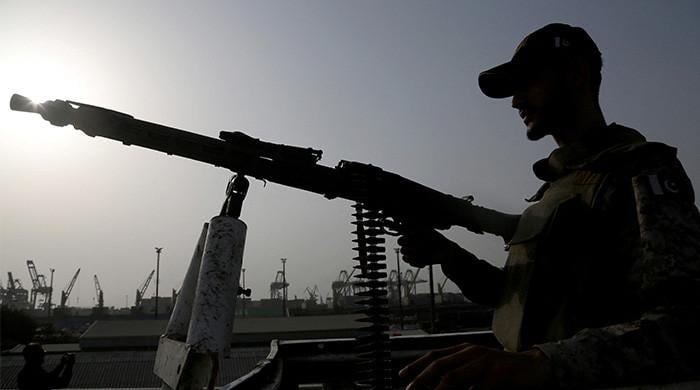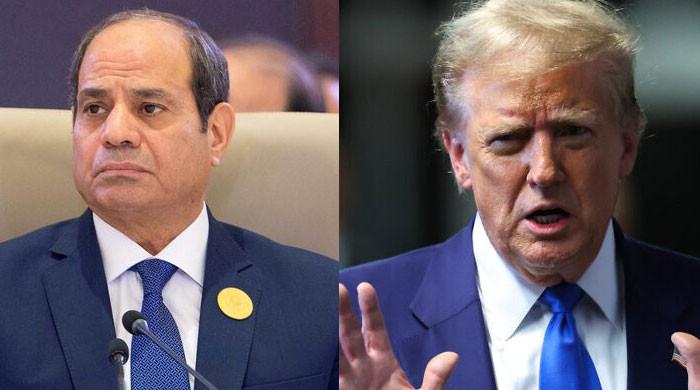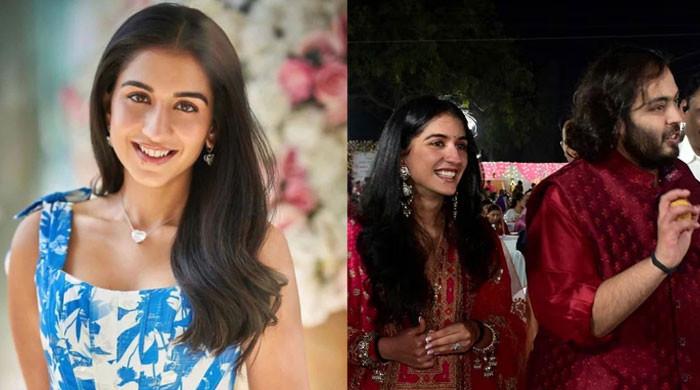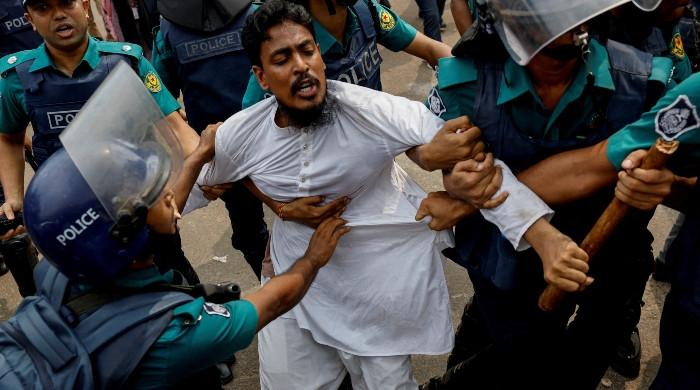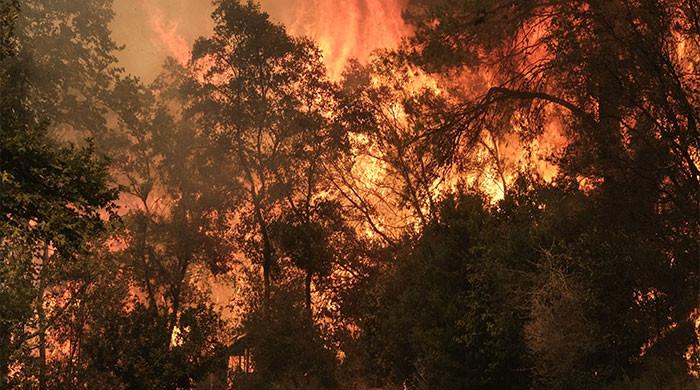Sweida, Syria – The last thing Hatem Radhwan listened to the fighters to say was: “Matter them all. We do not want to identify us.”
It was then that the five armed men, dresses of desert camouflage uniforms and that they said they were with the Ministry of Defense of Syria, threw their AK-47 rifles, shouted: “Pigs!” And sprayed the room with bullets.
Radhwan, a 70 -year -old blacksmith, felt a bullet or a piece of rubble, could not say it, walked the upper lip. He fell to the ground while the gunmen continued to shoot.
Rashad Abu Saadeh, a neighbor who hid in his apartment on the other side of the street, heard the shots. “For more than half a minute they continued shooting,” he said. “He felt at most, a long time.”
The murders in the Radhwan family hall were part of a paroxysm of sectarian violence that wrapped the city of Sweida of most of the days last week. The fight, which involved a bombardment of tanks and mortars, summarized executions and Israeli air attacks, left about 1,380 dead, displaced more than 120,000 others, and turned what was once a well -equipped city, it greatly avoided the ravages of the 14 -year civil war in Syria, in a slaughterhouse.
“There is not a single home throughout the province that is not afflicted to someone,” said Randa Mihrez, one of the forensic at the Sweida National Hospital.
A truce stopped the clashes, which began this month between the Bedouin clans and the Religious minority Druse, but continues the counting of the losses.
The colleague of Mihrez, Akram Naim, moved through images of the 509 bodies brought to the hospital courtyard during the fighting. They were transferred to a Mass tomb on Wednesday after days of decomposition in the heat of summer.
“The youngest victim was 3 months old, killed by the shrapnel that hit his stomach,” he said.
Clicking another photo: a girl, her head turned to the side, with a bad expression on her face. A scarlet line crossed its throat.
“This was 14 years old. She was killed,” said Naim, his subjected voice.
“These are just the people we know and who could communicate with us,” said Mihrez, adding that many victims were buried in improvised tombs near people's houses because the hospital had been surrounded for much of the battles.
“The final account will be much worse,” he said.
A soldier Druse stops Thursday for a photo in the hall of the National Hospital of Swedia after he was treated for injuries suffered during the confrontations between the Beduine tribes and the Druse features.
(Hasan Belal/For the Times)
In Radhwan's house, the blacksmith finally dared to open his eyes five minutes after the gunmen left, only to find 17 of his bloody family members around him. Thirteen were directly killed; Four others survived but remain in critical condition, while a fifth relative died later. Radhwan was the only most unharmed.
“They were shouting and tried to move them, to help them in some way. But I kept slipping the blood,” Radhwan said, his gaze following the brown red spot that slid from the sofa to the floor of the living room.
“A relative was bleeding and hardly living. I was begging:” Shoot. “But I had no weapons about me.
The crisis in Sweida, which occurs after similar episodes of sectarian blood shedding against minorities by groups aligned by the State, highlights the challenges faced by the interim president Ahmad al-Sharaa, who confiscated power in December after leading a coalition of rebel groups to overcome the long-standing dictator Bashar Assad.
Although he received the support of President Trump, who quickly accelerated the lifting of the sanctions, reopened the United States embassy in Damascus and sent an envoy that has defended the new government, Al-Sharaa so far has failed to convince the rival factions to centralize under their authority, and their government forces have been essentially aligned with the Bedouins.
On the other hand, the euphoria on the expulsion of Assad has been replaced by a feeling of feeling among many Syrians, especially minorities, which distrust the Islamist of Al-Sharaa. More members of its hard line faction, the Ontime al Qaeda-affiliate to Hayat Tahrir al Sham, see Druz as heretics that should be killed.

One of the injured in the city of Sweida received treatment at the National Hospital after the battles that took place between the Bedouins and the Druse features in Sweida, Syria, Thursday.
(Hasan Belal/For the Times)
That has been especially true for Druso, the adherents of a syncretic sect that is a branch of Shiite Islam that constitutes about 3% of the population of Syria. There is an estimate of 1 million drusos worldwide, half of them in Syria and the rest in Lebanon, Israel and other places. Many Syrian Druss speak with pride, often, of the role of their sect in the construction of the country's nationalist consciousness, with families promoting its filial link with the Sultan Al-Testah, a revolutionary who set up an uprising against the French domain in Syria in the 1920s. Sweida, both the city and the homonymity, are the only areas of the country with a majority of the country.
During the civil war, Sweida maintained a cautious distance from both Assad and the opposition, and the government allowed some measure of autonomy. Since Assad's departure, prominent figures in the community of Druze have tried to have a good relationship with Damascus, but militias have rejected integration under the armed services of Al-Sharaa, which they say are composed of rebel factions that are not totally under the control of the interim leader.
When the kidnappings and robberies of Tit-For-Ot between Bedouins and Druss became an open war this month, the government mobilized its forces to restore order. But Druze's residents accused them of participating in a sectarian uproar that killed and defended himself.
Israel, who from the departure of Assad occupies large strips from the border areas of his northern neighbor and has demanded that the southern Syria be a demilitarized area, responded to the demands of his own Duse to protect his coreligionists and launched air attacks aimed at the headquarters of the Syrian Army and the President Palace. He also hit strength in Sweida, forcing them to retire.
Following those strikes, Al-Sharaa accused Israel of interfering with Syrian affairs and trying to keep the country weak. But on Thursday, the special envoy of the United States to Syria, Tom Barrack, said he met with Syrian and Israeli officials in Paris to negotiate the “dialogue and de -escale”, the first high -level conversations between the two countries since 2000.
“And we achieved precisely that. All parties reiterated their commitment to continue these efforts,” Barrack wrote in X on Thursday.

Around 1,500 people from Beduine tribal families who had been held in the Sweida governorate were evacuated earlier this week under a high fire agreement, after fierce clashes between the tribal forces and the Drusos loyal gunmen to the religious leader Hikmat al-Hijri. The confrontations in Sweida resulted in dozens of deaths.
(Rami Alsago / Nurphoto through Getty Images)
Meanwhile, the mood in the city of Sweida is still tense. Standing near the peel of a tank of Israeli blows, Yamen Zughayer, a Druse faction commander, looked along a path that came out of Sweida.
“There are still bodies of our people that we cannot return. A sniper is waiting for us there,” he said. He walked down a side street, pointing out the remains sung of houses that, according to him, were burned by Bedouins and combatants linked to the government.
“For 14 years of war, nothing happened to Sweida. [For] Three hours the government entered and see what happened, ”he said.
Zughayer, a 35-year-old who usually worked as a car merchant, said the tragedies inflicted in Sweida showed that Druze suspected Al-Sharaa were correct.
“What do you think would have happened if we did not have our weapons? We are sitting here talking to you for them,” said Zughayer, and added that he would not accept any solution that would not involve militiamen retaining the arms.
Hashem Thabet, another struggling fighter nearby, said that although he did not want Israel to control the territory, the Syrian government's actions led to Druzse like him.
“I don't care who comes to protect me while they do. If it's Israel, then welcome Israel,” he said. The government, he added, is “pushing us in his arms.”

A powerful explosion hit a deposit of ammunition in the city of Maararat Misin, north of the city of Idlib in Syria, Thursday. The explosion caused at least 10 deaths and wounded more than 100 people. Civil Defense teams, known as White Helmets, are continuous rescue operations in the midst of generalized devastation.
(Images of Omar Alba / Middle East / AFP through Getty Images)
A few miles away from where he was watching, on a naked mountain outside Sweida, Basel Abu Saab looked with gloomy satisfaction in the ditch that had fallen with his bulldozer, a massive tomb for 149 people from the hospital who were not identified or whose families could not bury them.
“Initially, we wanted to bury them in the hospital's backyard, but the administrators were concerned that we contaminate the water tank,” said Abu Saab.
“The bodies decompose too much in the sun, they were becoming unrecognizable. We simply couldn't wait any longer.”
Yes, the location chosen for the mass tomb was far from the city, he added, but was also far from the fight.
Abu Saab walked back to the nearby road, walking around a well where he had buried the body bags with blood oil, with his nose wrinkling the aroma. From the edge of the well, the edge of a hospital garment appeared, fluttering erratically in the dusk breeze.

